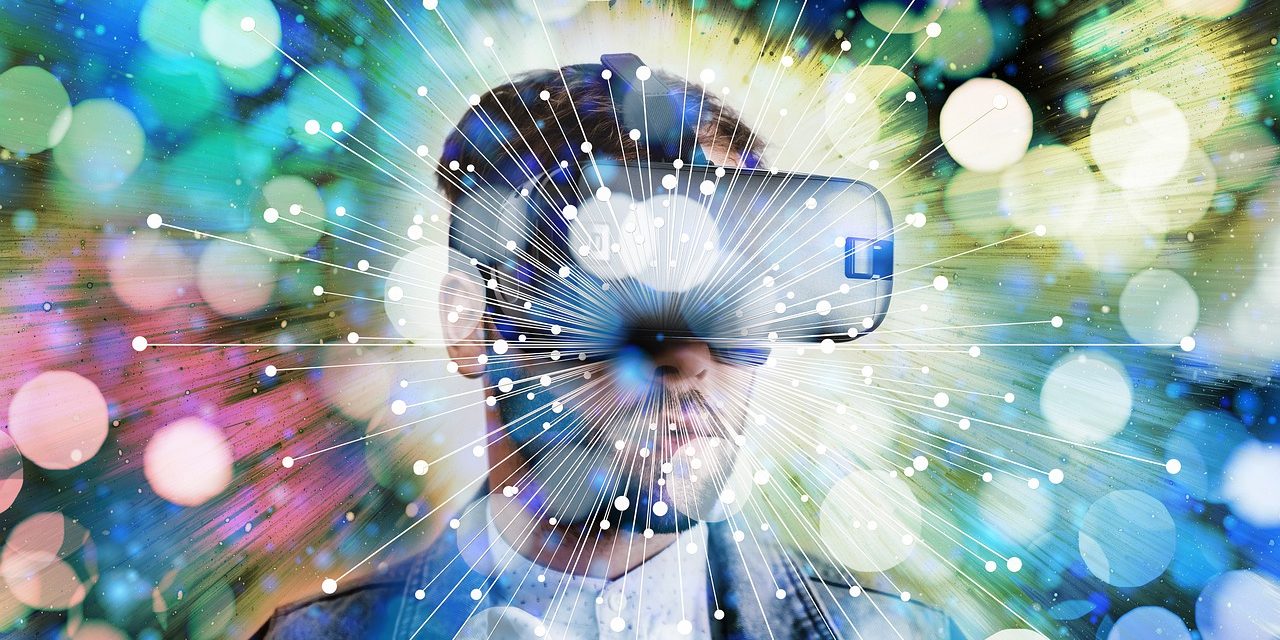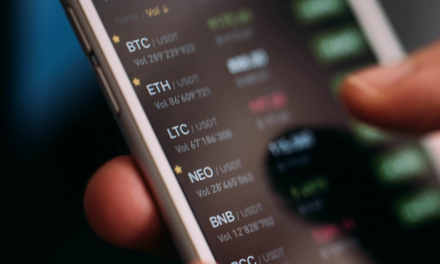BANGALORE, India – The global AR in Retail market is Segment by Type – (by System – Virtual Fitting Room, Visualizing Software, by Technology – Marker-based Augmented Reality, Markerless Augmented Reality), Segment by Application – E-commerce, Physic Stores. Global Opportunity Analysis and Industry Forecast, 2022–2028. It is published in Valuates Reports under the Retail Equipment & Technology Category.
The global AR in Retail market size is estimated to be worth USD 1853.7 million in 2021 and is forecast to a readjusted size of USD 6736.2 million by 2028 with a CAGR of 20.0% during the forecast period 2022-2028.
Major Factors Driving The Growth of Ar In The Retail Market are
The main factors propelling the growth of AR in the retail market include increased smartphone penetration, expanding usage of linked devices, and increasing online purchasing encourages merchants to implement AR.
TRENDS INFLUENCING THE GROWTH OF AR IN RETAIL MARKET
AR in retail enables businesses to drastically boost online conversion rates and lower product returns. The majority of AR choices offer further details and individualized customization to let buyers test things and make sure they like them. Customers can make better decisions since they can see a virtual 3D representation of things at scale and in their intended location, doing away with the need to measure and double-check dimensions. This factor is expected to drive the growth of AR in the retail market.
Furthermore, by offering a try-before-you-buy digital experience, augmented reality can drastically minimize returns for online merchants. Customers may view products in real-time from the comfort of their homes thanks to innovative AR technologies. Full 3D representations provide customers the chance to view how products might look in their area before they make a commitment to buy.
The rise of AR in the retail market is anticipated to be driven by the growing desire to boost customer happiness and consequently enhance sales volume. Regular fashion retail can also benefit from the use of virtual fitting rooms. The majority of businesses that employ this technology install a sizable mirror that doubles as a display screen. Users of contemporary technology can even view a 360-degree virtual version of themselves wearing various outfits. That is a practically effortless approach to boost sales volume. Finally, rather than restricting themselves to the products that are physically on display, shops are able to offer clients an infinite variety of goods.
AR IN RETAIL MARKET SHARE ANALYSIS
Based on the system, Virtual Fitting Room and Visualizing Software are the two main AR technologies used in retail. The primary system for augmented reality in retail is visualizing software, which had a market value of about 734 million USD in 2019 and 61.19 percent of the global market.
Based on the application, the two primary segments are e-commerce and physical stores. The primary use of AR in retail is e-commerce, which accounted for 62.58 percent of the global market in 2019 and had a market value of about 750 million USD.
Based on region, North America is anticipated to offer lucrative opportunities for growth, but the Asia-Pacific will experience the fastest growth during the forecast period due to expanding commercial markets, rising customer expectations, and increasing investments made by nations in this region.
Market By Region
- North America
- Europe
- Asia-Pacific
- Latin America
- Middle East & Africa
Key players
- PTC
- Apple
- Microsoft
- Wikitude
- DAQRI
- Zugara
- Blippar
- Marxent Labs
- Augment
- ViewAR
- Holition
- Ikea
- Sephora
- Amazon
Source: Valuates Reports





